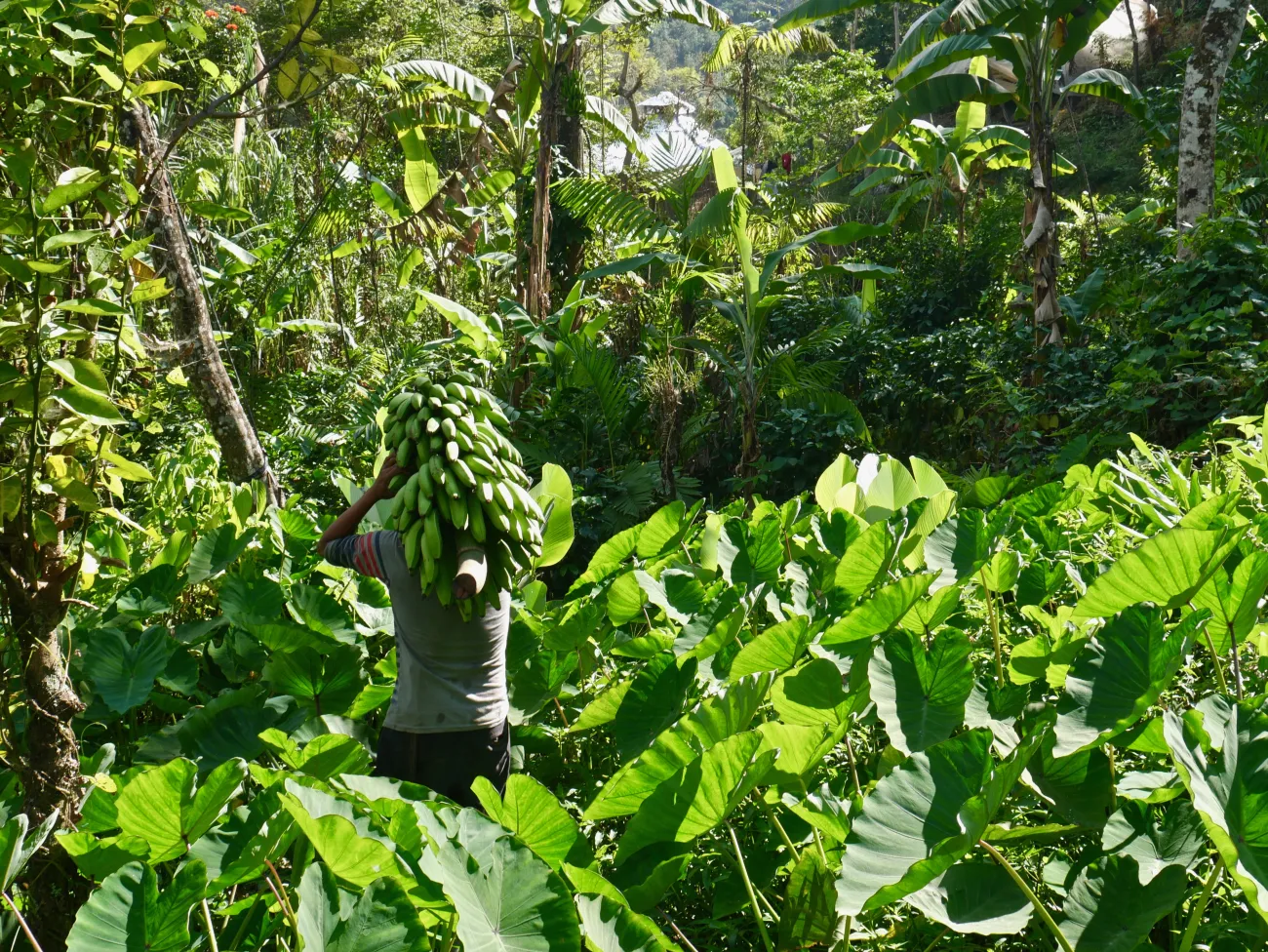This study set out to assess whether agroecology can effectively mitigate the effects of and promote adaptation to climate change without compromising food security.

This study set out to assess whether agroecology can effectively mitigate the effects of and promote adaptation to climate change without compromising food security. It presents a literature review of 50 research articles which examined the effects of an agroecological intervention against a conventional agricultural control or baseline in the context of smallholder farming in low- and middle-income countries. Studies included had to test one of a list of pest or nutrient management interventions understood as falling under the umbrella of agroecology; the most commonly tested were use of organic nutrient sources, integrating legumes into the farm system, shifting to organic farming, increasing crop diversity, and using integrated pest management. A maximum of two cases were selected per study on the basis of their fit with existing published descriptions of agroecology. Studies also had to include some indicators of climate change mitigation, adaptation or co-benefits; in practice, by far the most commonly examined indicators were yields and profitability.
In the cases that reported crop yields, 63% showed they were higher. Where indicators of capacity to adapt to climate change were present, they were positive in 70% of cases. There was limited information on mitigation of climate change (such as greenhouse gas emissions and carbon sequestration) in the studies reviewed.
Whilst the results were highly context dependent, the evidence suggests that prioritising organic nutrient sources, diversifying systems with legumes, and integrated pest management would be particularly effective for climate change adaptation in most contexts.
Finally, the authors discussed key knowledge gaps surrounding the effectiveness of agroecological approaches and how future research should overcome this via:
- Quantitative assessment of greenhouse gas emissions, carbon sequestration, and adaptation to extreme weather.
- More extensive comparison of agroecological approaches to other alternatives, particularly in terms of environmental and social impacts and cost effectiveness.
- Evaluation of large-scale agroecological schemes to assess adaptation processes across entire landscapes and regions.
Additional limitations of this work should be borne in mind:
- the threshold for definition as a ‘positive’ or ‘negative’ effect was p<0.1, allowing for a high frequency of false positives;
- the authors do not engage with the problem of publication bias.
These limitations further highlight that both more primary data and more secondary analysis is needed to fully understand the relationship between agroecological interventions and climate change mitigation and adaptation. Additionally, it should be emphasised that this work primarily examines the biophysical side of agroecology. The effect of local adaptation (including local or indigenous knowledge, extension and education, altering technology by context, and involvement of a farmer organisation) was examined, with the result that cases without local adaptation were more likely to show positive responses; however, this difference was non-significant.
Paper abstract
A critical question is whether agroecology can promote climate change mitigation and adaptation outcomes without compromising food security. We assessed the outcomes of smallholder agricultural systems and practices in low- and middle-income countries (LMICs) against 35 mitigation, adaptation, and yield indicators by reviewing 50 articles with 77 cases of agroecological treatments relative to a baseline of conventional practices. Crop yields were higher for 63% of cases reporting yields. Crop diversity, income diversity, net income, reduced income variability, nutrient regulation, and reduced pest infestation, indicators of adaptative capacity, were associated with 70% or more of cases. Limited information on climate change mitigation, such as greenhouse gas emissions and carbon sequestration impacts, was available. Overall, the evidence indicates that use of organic nutrient sources, diversifying systems with legumes and integrated pest management lead to climate change adaptation in multiple contexts. Landscape mosaics, biological control (e.g., enhancement of beneficial organisms) and field sanitation measures do not yet have sufficient evidence based on this review. Widespread adoption of agroecological practices and system transformations shows promise to contribute to climate change services and food security in LMICs. Gaps in adaptation and mitigation strategies and areas for policy and research interventions are finally discussed.
Paper reference
Dittmer, K.M., Rose, S., Snapp, S.S., Kebede, Y., Brickman, S., Shelton, S., Egler, C., Stier, M. and Wollenberg, E., 2023. Agroecology can promote climate change adaptation outcomes without compromising yield in smallholder systems. Environmental Management, pp.1-10.
Read the full paper here. See also the TABLE Explainer What is agroecology?




Comments (0)